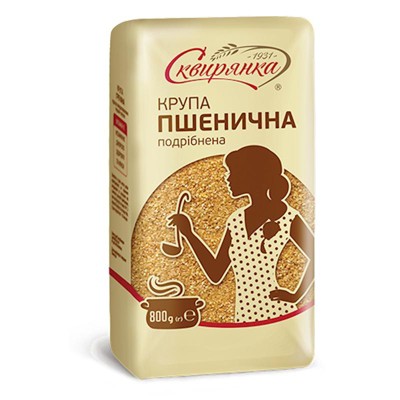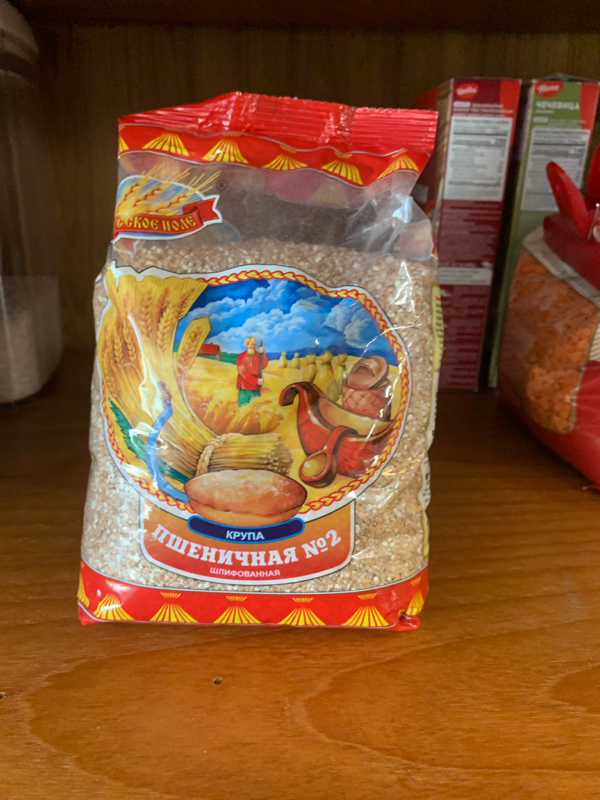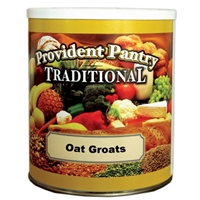BREAKFAST AND BRUNCH
SALADS
SIDE DISHES
Groat
Groat refers to any whole kernel of grain that has had its hard, outer husk removed through a process called hulling. This versatile, unprocessed grain product can be made from several grain types, including wheat, oats, barley, and rye. These whole grains are rich in fiber, B vitamins and essential minerals, making them a nutritious choice for home cooks looking to incorporate whole grains into their diets.
Enjoyed by consumers for their hearty texture and nutty flavor, groats can be used in various dishes such as porridge, soups, salads, and casseroles. Alternatively, they can be ground into flour for baking purposes or sprouted for added health benefits. Properly cooked groats make a delicious and wholesome meal option, suitable for people seeking healthy alternatives to refined grains.
84%
CARBS
3%
FAT
13%
PROTEIN
24 Groat Products
Montana Gluten Free Rocky Mountain Rice Sproutable Oat Groats, 3 Pound
Montana Gluten Free Rocky Mountain Rice Sproutable Oat Groats, 1 Pound
Gluten-Free Prairie Gluten-Free Oat Groats, 3 lbs, (Pack of 12)
Quality Non-GMO Pearled Wheat Kernels For Nutritious Meals - Ideal For Cooking And Baking
Wheat Groats
Rocky Mountain Rice ~ 100% Raw Oat Groats ~ Gluten Free Rice Alternative 7 1/2 Pound Bag
Oat Groats 82 Oz.
Gluten Free Prairie Oat Groats Gluten-Free
GF Harvest Gluten Free Organic Oat Groats, 40 Ounce Bag
Non-GMO, Vegan (Packaging may vary)
Groat Is Frequently Used With
Groat FAQ
Cooking with groats, while healthy and nutritious, can be slightly challenging for beginners due to the longer cooking time and the difference in texture compared to regular grains. The most common mistake people make is not cooking them long enough or overcooking, leading to a chewy or mushy texture. To get the most out of groats, it's essential to soak them beforehand to soften them up and reduce cooking time. This will also enhance their nutty flavor. Cooking in a slow cooker can help maintain an even temperature and cook the groats thoroughly. For a little-known tip, groats can be toasted lightly before cooking to deepen their flavor.
How much water do I need to cook groats?
Do I need to rinse groats before cooking?
Can I cook groats in a rice cooker?
My groats are too chewy, what did I do wrong?
Why are my groats mushy?
How can I flavor my groats?
Can I soak groats overnight to reduce cooking time?
Can I cook different types of groats together?
Can I use groats in place of rice?
Can I grind groats into flour?
Expiration & Storage Tips
When does groat expire?
In a pantry, unopened and properly stored groats can last for up to a year. Once opened, it's important to store them in airtight containers, and they'll typically be good for up to 6 months. Due to their high oil content, groats can be kept in the fridge or freezer to extend shelf life. In the refrigerator, they'll be good for up to 6 months, and in the freezer, they'll last for up to a year.
How do you tell if groat is bad?
Given their higher oil content, groats can turn rancid if not properly stored. It's very simple to tell if they've gone off, just look for an oily appearance, or smell a strong, unpleasant scent, these are telltale signs that your groats are no longer good. If you see any mold or insects in the grains, toss them immediately, they're unsuitable for consumption.
Tips for storing groat to extend shelf life
• Store unopened groats in a cool, dry, dark place, like your pantry.
• Once opened, store them in an airtight container to keep moisture and bugs out.
• Keep your groats in the refrigerator to extend their life; the cold temperature will slow down the aging process.
• If you want to store them for a longer period, freezing is a great option. Before freezing, divide the groats into portions you'll use for a single meal to prevent repeated thawing and freezing.
• Avoid storing them near strong odors, as groats have the ability to absorb smells.
• Regularly rotate your groat storage, using older supplies before newer ones.
EXPIRES WITHIN
19 - 29
MONTHS
Health Info
Macros
37g
CARBS
1g
FAT
5g
PROTEIN
Allowed on these diets
LOW FAT
HIGH CALCIUM
VEGETARIAN
MEDITERRANEAN
LOW CARB
VEGAN
LACTOSE FREE
GLUTEN FREE































